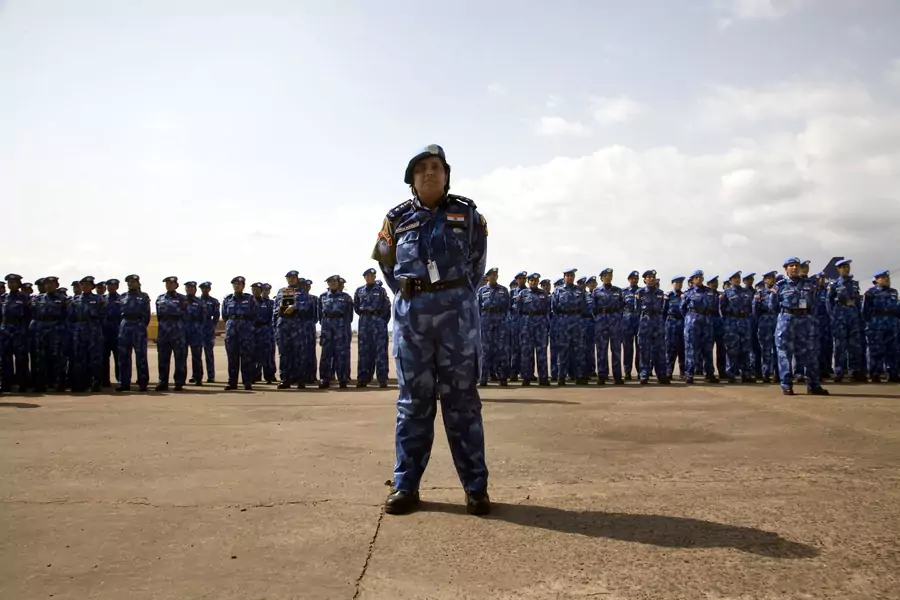CFR Policy Innovation Memorandum Advocates for More Female Peacekeepers

As world leaders meet at the United Nations General Assembly this week to discuss global security concerns—including how to prevent conflicts and improve UN peacekeeping—there is one strategy that they should not overlook: the inclusion of women.
In a new policy innovation memorandum, Increasing Female Participation in Peacekeeping Operations, we demonstrate that women’s participation has been shown to improve mission effectiveness and advance stability. Women make unique and substantive contributions to peacekeeping missions, and their participation improves dispute resolution while reducing the risk of sexual exploitation and abuse.
More on:
Yet the rate of female participation in peacekeeping forces has changed slowly over the past quarter century, growing from 1 percent total in 1993 to just 4 percent of military peacekeepers and 10 percent of police personnel in 2017—far short of the UN targets of 15 percent and 20 percent, respectively. Countries around the world deploy women to the United Nations at levels far lower than they are represented in domestic security forces, and nearly half of all troop-contributing countries do not contribute any female military observers or staff officers whatsoever.
To address this gap, we recommend that the U.S. government take the following steps:
- Support a UN voluntary multi-partner pilot fund to increase the deployment of female peacekeepers;
- Press member states to increase the number of women in the peacekeeping pipeline, including by partnering with at least five police- and troop-contributing countries to launch new initiatives to recruit and retain women in their national forces; and
- Strengthen UN performance measures to track the number, rank, and function of female peacekeepers, as well as whether the units were trained to prevent conflict-related sexual violence, and whether vetting systems correctly identify peacekeepers credibly suspected of sexual exploitation and abuse.
Read the policy innovation memorandum at http://cfr.org/FemalePeacekeeping.
More on:
 Online Store
Online Store